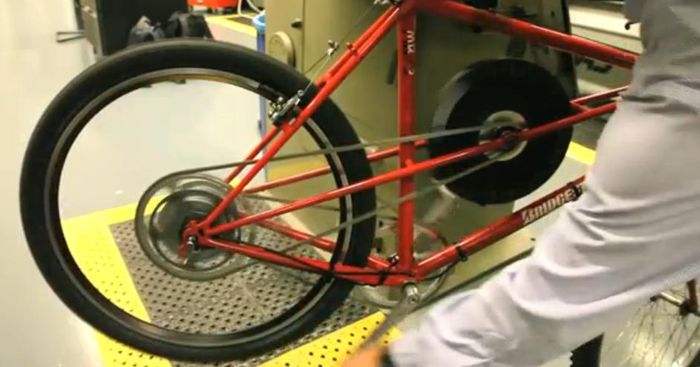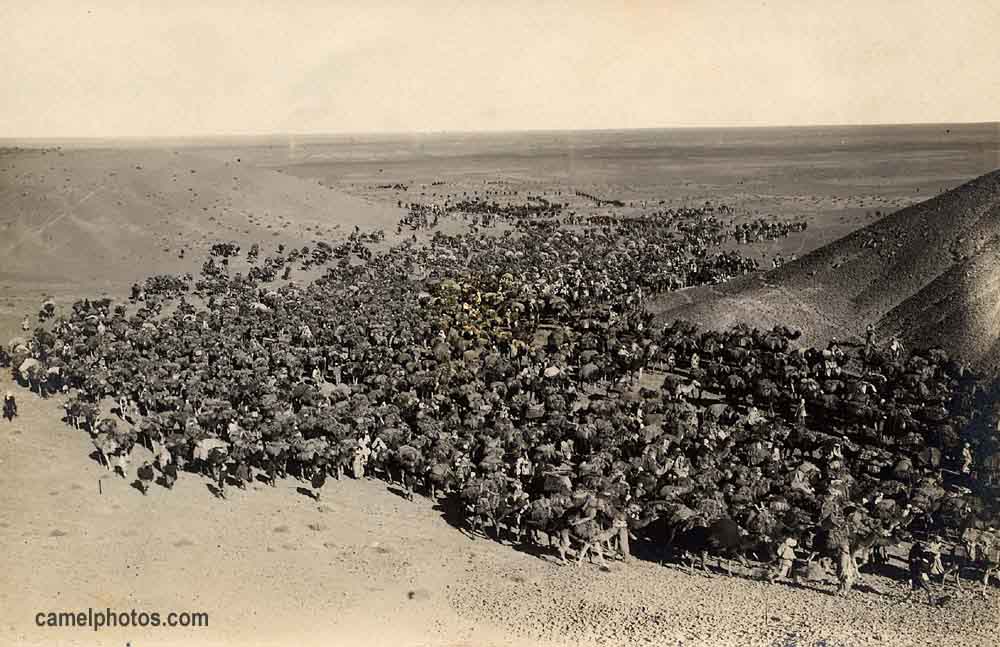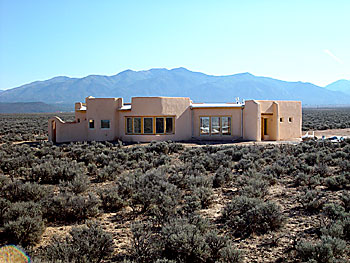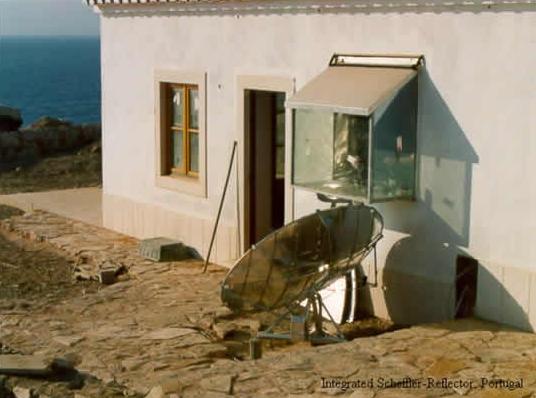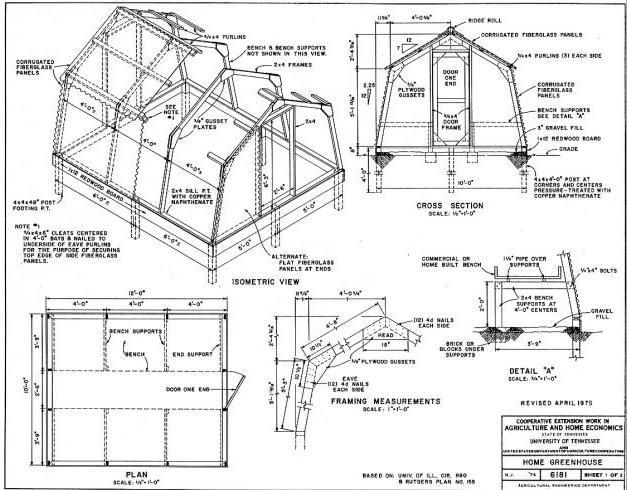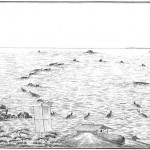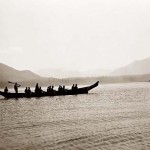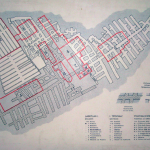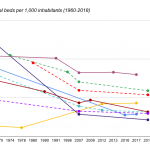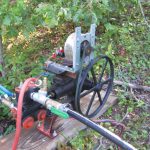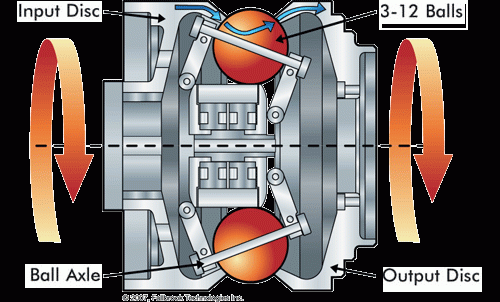 “The NuVinci hub is a unique internal gear hub in that it utilizes a continuously variable planetary (CVP) transmission. This means that the hub does not have specific gears but instead can be dialed in to any particular gearing in it’s capable range. You can think of it sort of as an analog radio tuner as opposed to a digital tuner with its particular increments.”
“The NuVinci hub is a unique internal gear hub in that it utilizes a continuously variable planetary (CVP) transmission. This means that the hub does not have specific gears but instead can be dialed in to any particular gearing in it’s capable range. You can think of it sort of as an analog radio tuner as opposed to a digital tuner with its particular increments.”
“When compared to traditional continuously variable transmissions (CVTs), the NuVinci CVP is less complex, has considerably fewer parts, offers more stable control and scalability across product lines, is better packaged, and is less expensive to manufacture and assemble.”
The NuVinci N360. How it works. Reviews of 2007 and 2010 models: 1 / 2 / 3. The gear is used on the flywheel bicycle mentioned last week and can also be applied in light electric vehicles and wind turbines. Thanks, Johan.
